Diamond and the World Expo
Today in history
The world's largest diamond was found in South Africa on January 8.
113 years ago, on January 8, 1905, the world's largest diamond was discovered in South Africa.
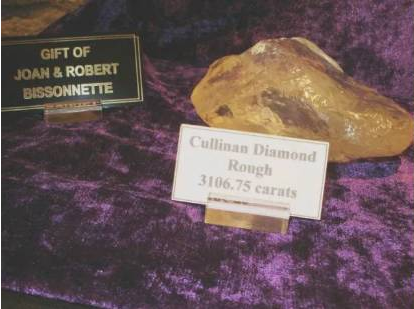
Cullinan rough stone
In January 1905, during a routine check of the Premier Mine located in South Africa, a glimmer in the mine wall caught the attention of Frederick Wells. Mr. Wells dug it up with a knife and found a huge gemstone. Removed from the debris, the rough diamond was 3,106 ct, and as large as the fist of an adult man. Pure and transparent, with a light blue hue, the rough diamond was the largest gem quality diamond ever found. It was named the Cullinan Diamond after the mine owner.

Cullinan I: Star of Africa
It was too large for anyone to buy at first. Then, Transvaal Provincial Government purchased the stone to present to King Edward VII on his sixty sixth birthday. The gift was well received when it was presented to His Majesty at Sandringham House amongst esteemed guests and European royalty. The King entrusted the Asscher Brothers who were known for their precision and excellent skill with the hazardous task of fashioning the stone, and the cost was 80,000 Pound Sterling. After eight months of labour the fashioned diamonds were complete. The Cullinan rough stone yielded nine large stones and ninety-six smaller diamonds each under 1 carat in weight. The total weight was 1,63.65 ct, only 34.25% of the rough stone.
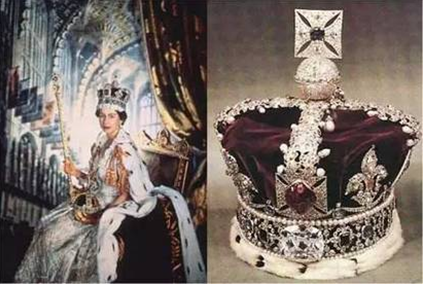
The Queen and her Crown
The 9 large diamonds are all in the possession of the English royal family.

The Scepter of the Queen
Cullinan I, pear-shaped and weighing 530.2 ct, is set in the Sovereign’s Sceptre with cross and is a part of the Crown Jewels. It is also called Star of Africa. It has 74 facets.
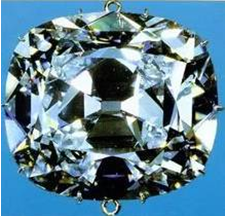
Cullinan II
Cullinan II, square and weighing 317.4 ct, is set to the front center of the Imperial State Crown.
Cullinan III, pear-shaped and weighing 94.4 ct, is mounted in the finial of Queen Mary's Crown.
Cullinan IV, a 63.60-carat cushion shape, came from the same stone which was cut into Cullinan III and Cullinan IV. It was originally set in the band of Queen Mary's crown, but can also be worn as jewelry
The Queen and the Diamond
There is a close link between diamond and Queen of England. World Expo 1851 showed a gigantic diamond which was one of Queen Elizabeth's favorite treasures.
Diamond and the World Expo
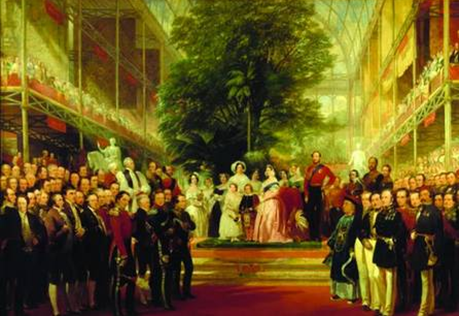
The Great Exhibition of Industry Works of All Nations, 1851
The Great Exhibition (the first World Expo) was open on May 1, 1851 in London. It was the first time when diamond had associated with the World Expo. The gigantic diamond, Koh-i-noor (meaning the Mountain of Light), caused a great sensation at the Great Exhibition in 1851, as the symbol of the power of the royal family of England. The Koh-i-noor Diamond, 105.6 carat, colorless, oval shape, is one of the largest cut diamonds in the world and was found at Kollur Mine on the banks of a river in Andhra Pradesh, India.
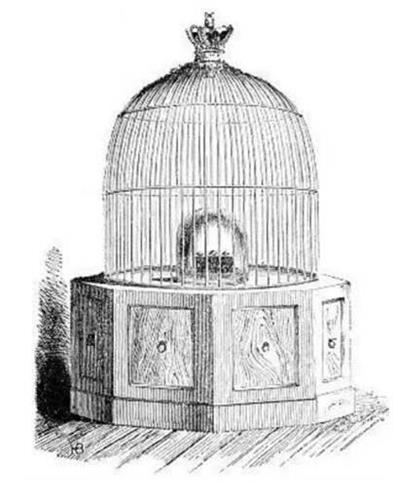
The Koh-i-noor Diamond at the World Expo
The Koh-i-noor Diamond became the focus of attention at the world expo because of its extraordinary origin and legendary stories. Its earliest record dates back to 1304, and a curse behind the diamond had been passed down for centuries: He who owns this diamond will own the world but will also know all its misfortunes; Only God or a woman can wear it with impunity. Indeed, it had indeed become the bane of bloodshed and death.Members of the public were given a chance to see the Koh-i-noor Diamond at the Great Exhibition in 1851.
Blood beneath the Peacock Throne
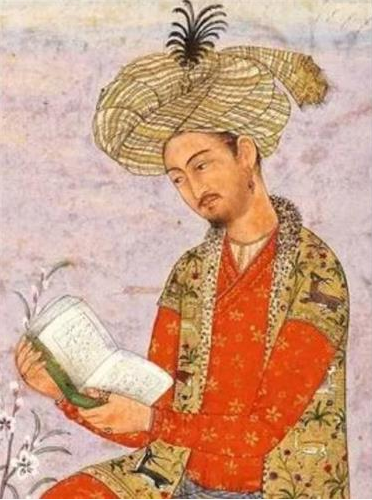
Babur
In the 16th century, Babur, the first Mogul ruler of India, became the first king to own this great diamond. For Babur, the Koh-i-noor Diamond represented a nobilty and wealth, so he set the diamond in the Peacock Throne. He was proud to announce to the world that he was the owner of this great treasure, which was worth as much as the food of the world's total population for a day.
Indeed, Babur had the supreme power, but the old curse had fulfilled with the advent of disaster. Shortly after Babur was given the Koh-i-noor Diamond, his own son, Humayun, put him to prison and became the owner of the Peacock Throne. Babur became the first king to suffer from the curse behind the great diamond

Shah Jahan
History tends to repeat itself. Shah Jahan, the fifth Mughal emperor, became the new owner of the Koh-i-noor Diamond in the 17th century. The tragedy fell upon him again during an infight for power in the palace. To capture the throne, the more than 10 sons of Shah Jahan spared no expense. At last, one of his took over the throne of Shah Jahan with the blood of his family relatives. Since then, Shah Jahan had been imprisoned in Agra Fort until his death.
The doomed Persian palace
Following the 1739 invasion of Delhi by Nader Shah, the Afsharid Shah of Persia, this treasury of the Mughal Empire was looted by his army in an organized and thorough acquisition of the Mughal nobility's wealth. To search for the diamond, Nader Shah almost turned the whole Mughal palace upside down. However, he still did not find the diamond, because the diamond had been hidden away by the Mughal emperor Mohammed Shah.
Finally, one of Mohammed Shah concubines told Nader the secret: Shah hid his most prized possession in his turban. The cunning Nader proposed to exchange turbans as a way of expressing the goodwill of both sides. Reluctantly, Mohammed Shah had to hand his turban over to Nader.
That night, Nader opened the turban anxiously, and finally saw the great diamond. When he held up the diamond, a gorgeous colorful light flashed across the sky. Nader exclaimed Koh-i-Noor! Since then, the diamond has become known as the Koh-i-noor Diamond.
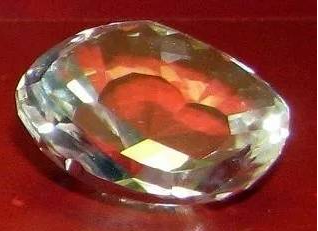
The Koh-i-noor Diamond’s prototype
Nader returned to Esfahan with the Koh-i-noor Diamond and its curse. It is said that, in addition to the Koh-i-noor Diamond, Nader also took another diamond, the Shah Diamond, back to Persia. Nader was a murderous tyrant who killed many innocent people in Esfahan. In 1747, Nader was assassinated in his sleep.
After the death of Nader, his successor, Adil, owned the Koh-i-noor Diamond. Death, nevertheless, had loomed over the Persian palace after Nader. Adil, also a tyrant, was deposed by his own brother, who was later deposed by another brother. Tragic succession ruled the royal family, and almost every monarch had died tragically.
The Koh-i-noor Diamond re-cut by the English royal family
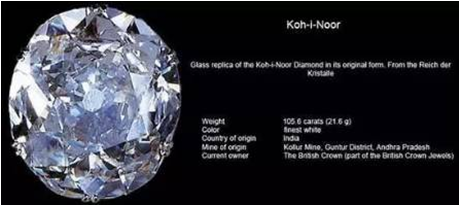
The re-cut Koh-i-noor Diamond
The continued killing turned Esfahan into a hell. After the defeat in the fight for the throne, a member of the Persian royal family took an amount of treasures to Kandahar and founded the Afghan Empire. The treasures included the Koh-i-noor Diamond. Later, after a few twists and turns, the Koh-i-noor Diamond returned to Lahore of India.
Unlike previous rulers, the new owner of the Koh-i-noor Diamond was horrified by the curse. The Indian prince decided to get rid of the trouble, so he gave the diamond to the Sikh ruler RanjitSingh.
In 1840, the Second Anglo-Sikh Warbroke out. The only heir to the Sikh throne DuleepSingh was only 9 years old and was in the custody of the British army. After the war, he became an Indian Maharajah.
Duleep Singh had over 100 concubines, but he had not let any of his children inherit the Koh-i-noor Diamond. In his childhood, Duleep Singh had heard of the curse behind the Koh-i-noor Diamond, so he feared that tragedy will befall them. Duleep decided to follow the old legend and gave the diamond to a woman who was Queen Victoria of England.
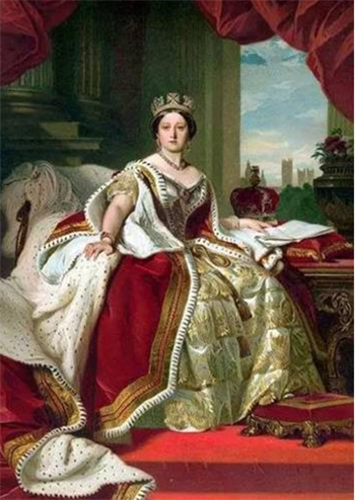
Queen Victoria
The journey of the Koh-i-noor Diamond to England was also tortuous. The diamond was entrusted to a messenger of the East India Company under the careful planning and arrangements of Duleep Singh and the British governor in India. The messenger, however, was as hurried as Duleep Singh, and the Koh-i-noor Diamond had stayed in his pocket for six weeks before entering the British customs.
The diamond donor DuleepSingh was later treated with great courtesy. The British royal family brought him to England, gave him a governess, and offered him a mansion and a high salary. Many years later, Duleep Singh said he had not regretted giving up the priceless treasure.
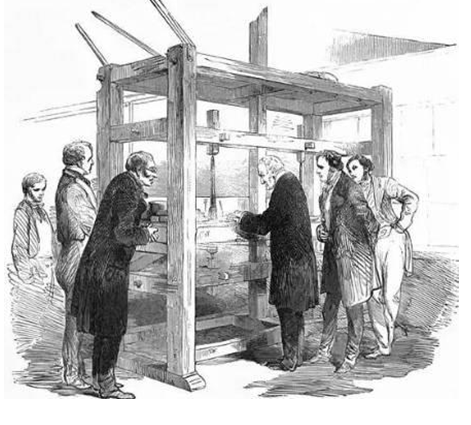
Re-cutting the diamond.
In 1851, the mysterious Koh-i-noor finally appeared at the World Expo. At that time, many experts complained that the diamond had not been beautifully cut or polished in India. After consulting various mineralogists, it was decided by Prince Albert, the husband of Queen Victoria, with the consent of the government, to polish the Koh-i-noor. Under the supervision of Prince Albert and the Duke of Wellington, and the technical direction of the queen's mineralogist, James Tennant, the cutting took thirty-eight days. The great diamond became more dazzling, although its weight was reduced to the 105.6 ct.

Koh-i-noor after re-cutting
Could the Queen really break the curse after the Koh-i-noor Diamond got to her hand?
TheKoh-i-noor Diamondis the icing on the cake for Queen Victoria, who was keen on collecting treasures. Queen Victoria first had the great diamond set in her corsage, and then in the crown. The Koh-i-noor became the main diamond in the British crown. Of all the 2,800 diamonds embedded in the Crown, the most dazzling light comes from the Koh-i-noor on the cross of the Crown.
It is worth mentioning that the Koh-i-noor has also inspired novelist Wilkie Collins. His masterpiece The Moonstone, generally considered to be the first full length detective novel in the English language, is based on the history of the Koh-i-noor.
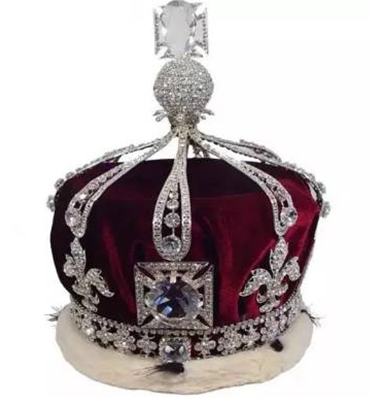
The mountain of light is inlaid
Elizabeth the cross in front of the crown
After Queen Victoria's death, the Koh-i-Noor was set in the Crown of Queen Alexandra, the wife of Edward VII, that was used to crown her at their coronation in 1902. The diamond was transferred to Queen Mary's Crown in 1911 and finally to The Queen Mother's Crown in 1937.
In fact, no one knows if the Koh-i-Noor’s curse can be eliminated if it is possessed by a woman, for even Queen Victoria had been attacked twice for the diamond. None other members of the English royal family have worn the Koh-i-Noor Diamond.
On April 9, 2002, the Koh-i-Noor Diamond was placed on top of the Queen Mother’s coffin for the lying-in-state and funeral at Westminster Abbey, allowing the world to witness once again the radiant glamour of the the Koh-i-Noor Diamond. Now, the Koh-i-Noor Diamond is placed in the Tower of London, showing the wealth and might of the English monarch to the world, while silently recounting its bloody past.
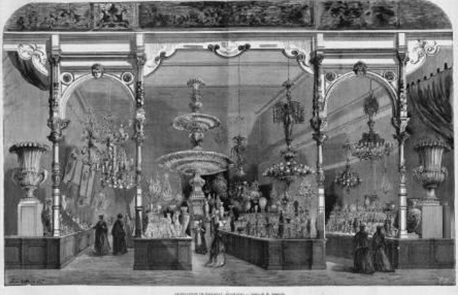
1867 Paris World Expo
The World Expo1867 - 1868in Paris highlighted the status of diamond in aristocratic life of the time. The Expo set up a special pavilion to display the art and technology of diamond cutting, showing the whole journey of diamond from stone to jewelry. In 1878, again at the Paris World Expo, Tiffany’s diamonds attracted worldwide interest and won 8 awards including the gold medal for design. Tiffany thereby emerged from an obscure jeweler to be the world's top diamond jewelry designer.

Tiffany pavilion at the 1889 World Expo in Paris
The enthusiasm of royal and noble families for diamonds at World Expos before the two world wars helped promote the world's awareness of diamond. In May 1958, the first World Expo after World War II was held in Brussels, Belgium. The Belgian host city of Antwerp, which was competing for diamond supremacy with Amsterdam, did not miss the opportunity. It gained and enhanced its international reputation as Diamond Capital through the World Expo.
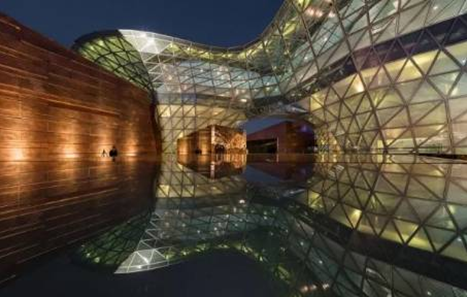
World Expo Museum
Considering the close relationship between diamond and World Expos, the World Expo Museum has incorporated the shapes of diamond cutting in its architectural design. The glasses in the middle of the building, forming the Celebration Cloud, reflect moments of the future. The 3,730 pieces of triangular glass are as brilliant as diamonds.
